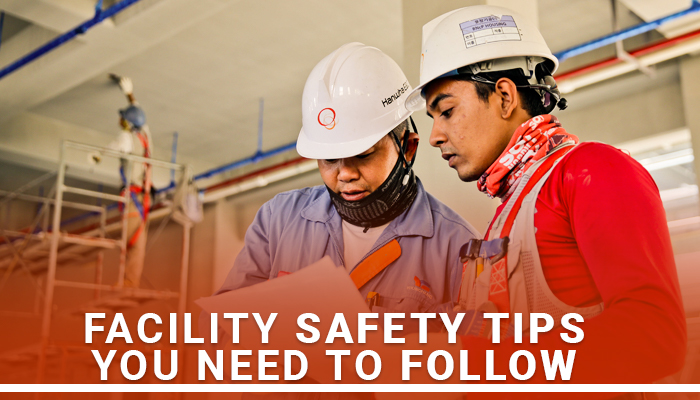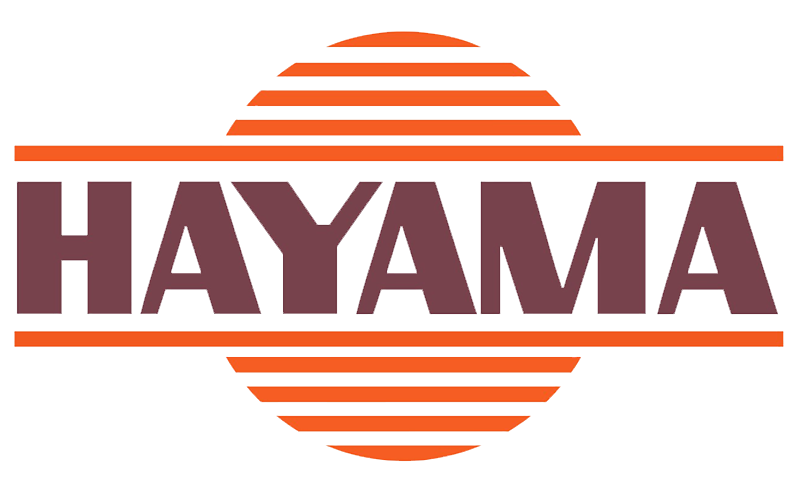
Everyone working in a facility must observe the highest level of manufacturing safety practices. It ensures the well-being of workers, especially if their jobs involve operating on heavy and complicated equipment like forklifts and drilling machines. Manufacturing safety gives utmost importance to the welfare of employees as they accomplish their tasks. Statistics show that about 41 thousand cases of occupational injuries were reported in the Philippines in 2019. Almost half of the total cases took place in the manufacturing sector.
Regular monitoring of facility safety is essential to prevent accidents and to maintain a safe working environment. Workers can be put at risk if hazards are repeatedly overlooked inside a manufacturing facility. Manufacturing safety ensures that employees know how to stay injury-free from possible dangers at the workplace.
3 Importance of Manufacturing Safety
1. Reduces hazards at the facility.
Manufacturing safety protocols lessen the hazards and protect the workers from suffering any injuries inside the warehouse.
2. Boosts efficiency.
Accidents can cause downtime and delays in producing goods. Workers can prevent injuries if they know how to use the equipment properly. This leads to seamless operation at work and high productivity.
3. Saves the money of the employer.
The company typically pays compensation, medical bills, and even legal fees when a worker is involved in an accident at work. Observing manufacturing safety procedures helps minimize injuries at the facility. This saves the employer money, which can be allotted to other expenses.
Following the best manufacturing safety practices can avoid accidents. Keeping yourself and your employees protected starts with the proper observance of facility safety protocols. To ensure a safer manufacturing workplace for everyone, here are 10 tips that must be followed at all times.
10 Safety Tips in Your Manufacturing Facility
1. Create Safety Checklists
Create daily manufacturing safety checklists that employees can read before and after their jobs. The checklists include procedures they need to follow to prevent accidentally injuring themselves or others.
2. Wear Safety Equipment
Make sure to wear the correct safety equipment while performing specific tasks to avoid getting injured. Workers who operate heavy equipment and machinery, exposed to toxic substances, or work in cluttered areas must wear personal protective equipment (PPE) to stay safe while at work. Examples of PPE include:
- Hard hats
- Safety goggles
- Gloves
- Masks
- Full bodysuits
3. Utilize Equipment Properly
Manufacturing safety includes the proper use of equipment, machines, and tools. Misusing tools and machinery is one of the most common causes of injuries at the facility. Data from the Philippine Statistics Authority (PSA) show the top three causes of occupational injuries in the country were machines and equipment (26.9%), materials and objects (25.7%), and hand tools (19.5%). Make sure you and your coworkers know how to use the equipment correctly for its intended purpose. Clean and inspect the equipment regularly to see if it is safe to use. As part of manufacturing safety procedures, receive proper training on the correct use of the equipment before operating it.
4. Identify Different Zones at the Facility
Zones are areas assigned for workers to do certain activities inside the facility. These areas include:
- Danger zone where forklifts regularly pass to keep other workers from walking or putting objects on the paths.
- Separate spaces where employees can wear protective gear and remove it after using.
- Specific areas that do not allow eating, drinking, and smoking.
5. Avoid Slips, Falls, and Trips
Manufacturing safety protocols include the prevention of slips, falls, and trips inside the facility. Ensure that aisles are clear and spills on the floors are immediately cleaned. Use drip pans and guards to clean the spills. Check for holes, loose boards, or nails projecting from the floor and replace the damaged flooring right away. You can install anti-slip flooring if the areas are difficult to clean.
6. Use Safety Posters
Signage containing safety procedures guidelines is useful to inform workers about manufacturing safety inside the facility. Place large posters in areas where the employees can see them. You can include illustrations on the signs for easy understanding.
7. Lift Objects Properly
Lifting objects incorrectly can cause injury. Always keep your back straight when picking up an object. Use your legs to lift and avoid twisting or stooping when you pick up the item. Facility safety practices include using mechanical aids like forklifts or wheelbarrows when lifting heavy objects.
8. Clear the Work Areas and Emergency Exits
Remove objects that obstruct emergency exits, equipment shutoffs, and work areas. Clutters occupy spaces that should have been used for more important tools. Everyone at the workplace may not be able to escape fast during an emergency when the exits are blocked. Manufacturing safety includes putting equipment in the proper storage areas after use to clear the work areas and emergency exits from obstructions.
9. Conduct Regular Equipment Maintenance
Schedule regular equipment maintenance as part of manufacturing safety practices at the workplace. This could check if the machines are working properly or require immediate repairs. Remove from the site a machine that requires repair or attach a warning sign for workers not to use it.
10. Take Regular Breaks
Accidents and injuries are likely to happen due to fatigue. Workers cannot concentrate well if they are tired and they are unable to sufficiently observe safety hazards inside the facility. According to the Occupational Safety and Health Administration (OSHA), accident and injury rates are 18% greater during evening shifts and 30% greater during night shifts than with day shifts. One of the manufacturing safety tips is to take regular breaks so employees can stay alert while working.
ALSO READ: 8 Important Brewery Manufacturing System Maintenance and Safety Considerations
The safety of everyone must be prioritized at all times in a manufacturing facility. Proper observance of manufacturing safety protocols will keep the workers safe and more efficient while on the job. It reduces accidents and injuries that may result in downtime and delays in the workplace.
Hayama Industrial Corporation has been a trusted conveyor manufacturer in the Philippines since 1979. It continuously offers reliable services such as Materials Handling & Conveying System that assist clients here and in other countries. Hayama provides efficient transportation of materials from manufacturing until distribution in different sectors like the transport, storage, and control of products. Do you need help in the proper maintenance of your manufacturing equipment to avoid injuries and accidents? Hayama can assist.

Recent Comments